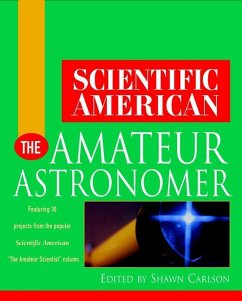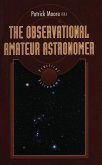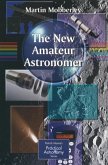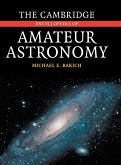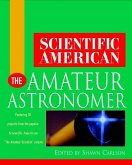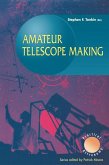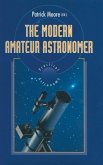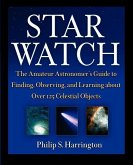Für jeden etwas: Gleichgültig, ob Bau des eigenen Teleskops, Verfolgung und Vorhersage von Satellitenbahnen oder Erforschung der chemischen Zusammensetzung weit entfernter Sterne - hier finden Amateurastronomen reichlich Material zur Verwirklichung ihres nächsten Projekts! Diese Zusammenstellung neuer und älterer Ausgaben der siebzig Jahre alten Kolumne "The Amateur Scientist" im Scientific American hilft Ihnen, die Tiefen des Universums zu ergründen. In vielen Arbeitsanleitungen wird auf preiswerte, für jedermann erhältliche Komponenten zurückgegriffen. Unterhaltsam und informativ zugleich!
Hinweis: Dieser Artikel kann nur an eine deutsche Lieferadresse ausgeliefert werden.
Hinweis: Dieser Artikel kann nur an eine deutsche Lieferadresse ausgeliefert werden.
An anthology of interest to the backyard astronomer, from America's leading science magazine. "The Amateur Scientist," as Carlson points out in his brief introduction, has run in Scientific American for over 70 years. From the Start, it has been written for the amateur interested in making observations of various celestial phenomena, often with homemade equipment. The collection of articles from those years is updated to reflect the changes both in technology and in society at large (many supply houses and research sources, for example are now most easily found online). Most of the pieces assume considerable dedication to the task at hand: grinding a telescope mirror (a frequent first project for young scientists), while comparatively inexpensive, involves a substantial investment of time to achieve a precision component. Technical and mathematical sophistication is a given here; readers uncomfortable with equations will soon find themselves at sea. But for those who want to do hands-on science, this is a gold mine: it offers several variations on the basic reflecting telescope, as well as tips on taking astronomical photos and designs for an ocular spectroscope. For those who want to explore beyond the visual spectrum, it gives plans for two homemade radio telescopes. The study of artificial satellites (unheard of in the early days of the column) occupies two chapters. Other projects include two novel sundials (one based on a globe of the earth), instruments to stimulate planetary orbits and pointers on observing specific objects (such as the moon or Jupiter). Where relevant (for example, in regard to solar observations) there are ample safety tip. The writing is for the most part clear, although technical terms are necessarily plentiful. Certainly not for everyone, but for its intended audience this is an indispensable book. --Kirkus Reviews, December 1, 2000

